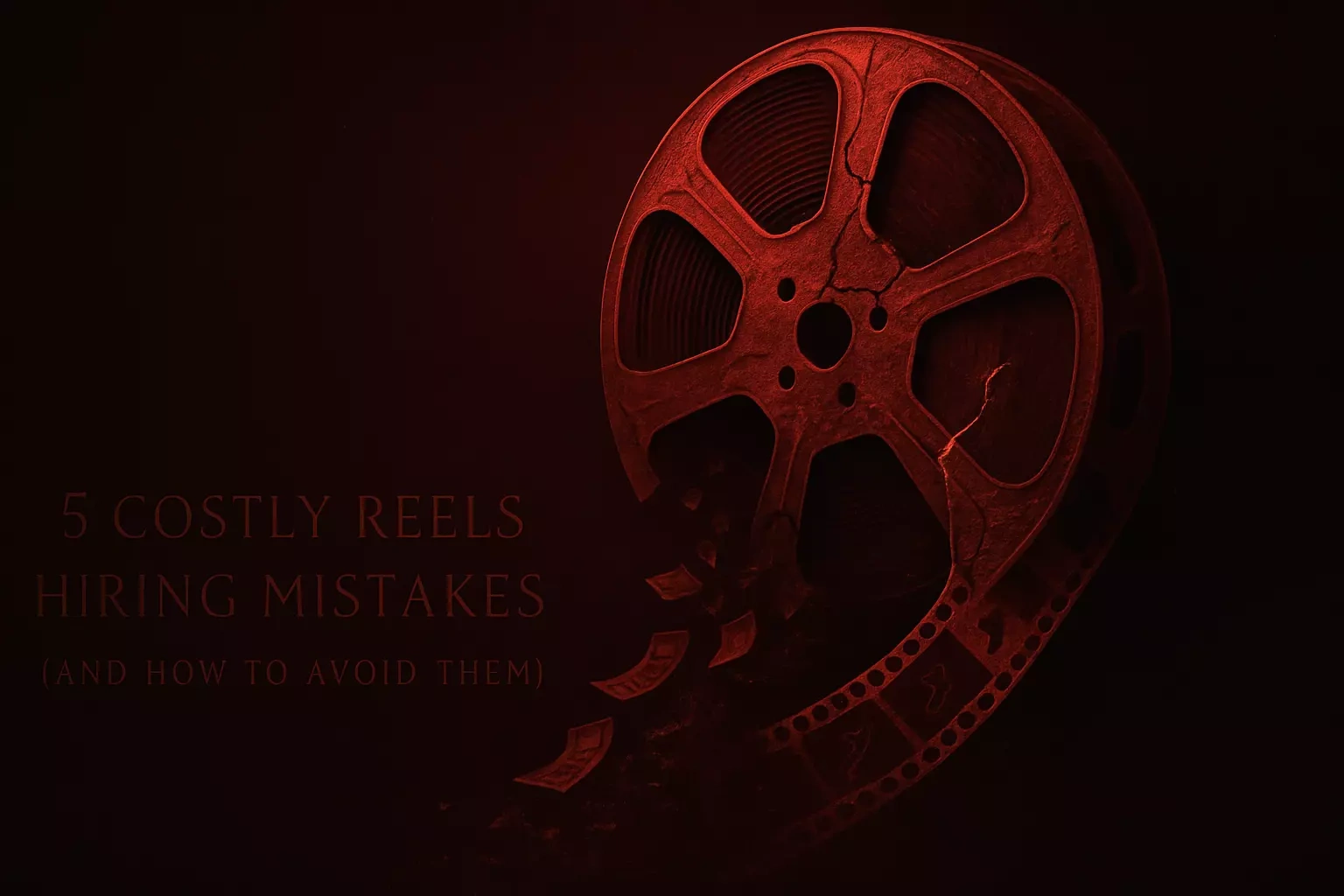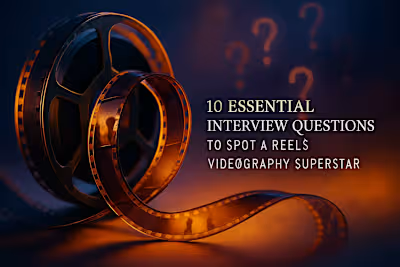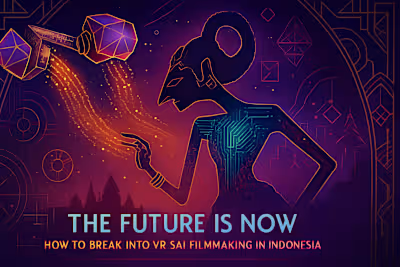5 Costly Reels Hiring Mistakes (And How to Avoid Them)

5 Costly Reels Hiring Mistakes (And How to Avoid Them)
Mistake 1: Not Providing a Clear Creative Brief
The Problem: Guesswork and Disappointment
The Solution: A Detailed and Actionable Brief
Mistake 2: Choosing the Cheapest Option
The Problem: You Get What You Pay For
The Solution: Prioritize Value and Expertise
Mistake 3: Skipping a Paid Trial Project
The Problem: Discovering a Bad Fit Too Late
The Solution: Commission a Small, Paid Test
Mistake 4: Micromanaging the Creative Process
The Problem: Frustration and Subpar Results
The Solution: Trust the Professional You Hired
Mistake 5: Neglecting a Clear Contract
The Problem: Scope Creep and Payment Disputes
The Solution: Put Everything in Writing
Bringing It All Together
References
5 Costly Reels Hiring Mistakes (And How to Avoid Them)
Mistake 1: Not Providing a Clear Creative Brief
The Problem: Guesswork and Disappointment
The Solution: A Detailed and Actionable Brief
Mistake 2: Choosing the Cheapest Option
The Problem: You Get What You Pay For
The Solution: Prioritize Value and Expertise
Mistake 3: Skipping a Paid Trial Project
The Problem: Discovering a Bad Fit Too Late
The Solution: Commission a Small, Paid Test
Mistake 4: Micromanaging the Creative Process
The Problem: Frustration and Subpar Results
The Solution: Trust the Professional You Hired
Mistake 5: Neglecting a Clear Contract
The Problem: Scope Creep and Payment Disputes
The Solution: Put Everything in Writing
Bringing It All Together
References
Posted Jun 30, 2025
Hiring a Reels videographer? Avoid these 5 common and costly mistakes to save time, protect your budget, and ensure you partner with the right creative talent.









